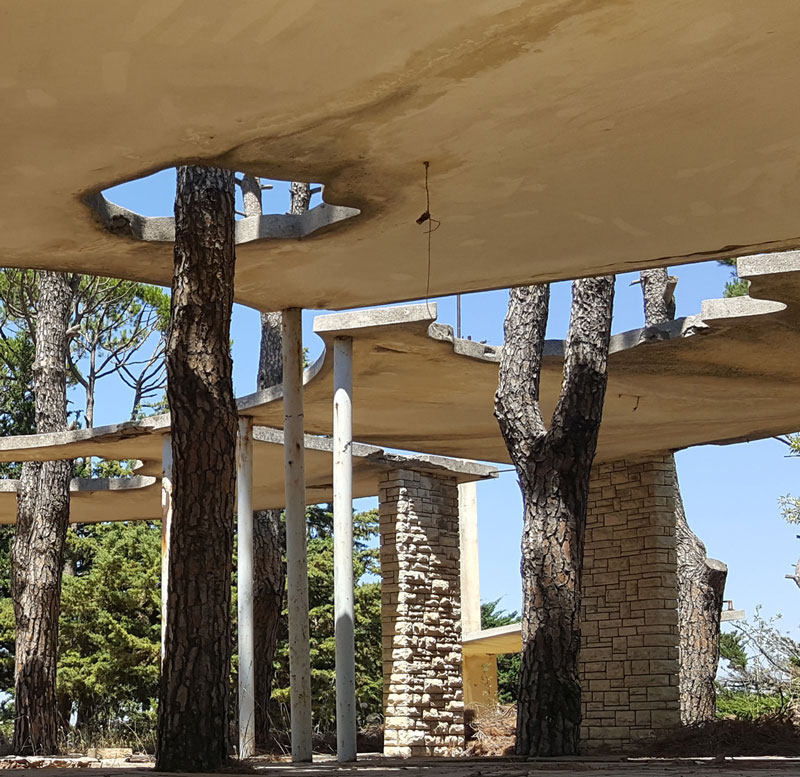“The Place That Remains”
Recounting the un-built territory
ما تبقّی “، ندوة حول مصير الأراضي الخالية”
March 23-24, 2018


In line with Freespace, the theme of the upcoming 16th International Architecture Exhibition in Venice, the aim of this conference is to reflect on the Places that Remain in the Lebanese territory, un-built spaces, their qualities, their histories and their potential.
Background
Lebanon is an “overcrowded island.” It is one of the most densely populated countries in the world, in a region plagued by war and political instability. This situation of extreme vulnerability reminds us of the territorial limitations and resource scarcity that once led to the great famine of World War I. Single crop farming of the mulberry trees to feed the silkworm, devastation by locust and blockage of maritime and land routes led to one of the greatest tragedies of our history.
The famine is a mnemonic to revisit the vulnerability of our territory and the fragility of our ecosystem. Today, silkworm-rearing had given place to real estate markets, agricultural abandonment has become a symbol of new values where construction is the only purpose for unbuilt, open land. It is time to reflect on the processes transforming our territory, and its capacity to shelter future generations.
This conference is conceived to reflect on the Place that Remains, the place that can host our dreams and fulfill our expectations, a precious resource to secure quality living through a more meaningful and poetic appropriation of our territories.
Four overlapping themes serve to guide reflections on the Place that Remains:
- Contemporary landscape transformations:
Urban development and rural abandonment - Landscape heritage:
Cultural values and land management policies - Communal lands and public spaces:
Reality and expectations of usage and legislative framework - Architecture of the ground:
The unbuilt within the building lot
The conference is organized by the School of Architecture and Design at the Lebanese American University jointly with the Department of Urbanism at Lebanese University, the Lebanese Landscape Association and the Arab Center for Architecture.